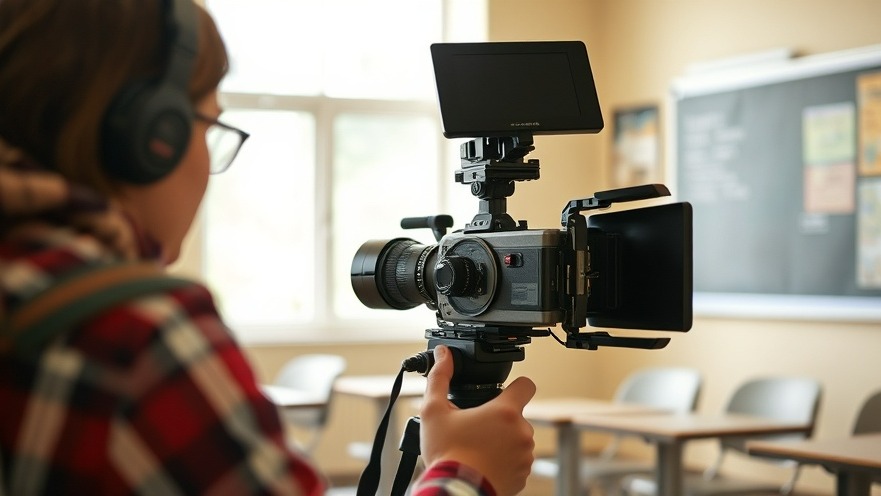
The Rising Perils of Fame in Modern Storytelling
In today's rapidly changing media landscape, the pressure on creatives behind TV hits like Netflix's Adolescence has reached unprecedented levels. What once offered the allure of fame has transformed into a double-edged sword—the public's adoration being countered by a darker reality. Strangers lurking at personal residences, invasive online scrutiny, and the dangers inherent in celebrity culture now plague actors and creators alike. The recent buzz surrounding Adolescence exemplifies this unsettling trend: co-writer Jack Thorne openly discussed the backlash he faced, revealing how personal attacks overshadowed the discussion of societal themes highlighted in the show.
Impact of the Digital Age on Celebrity
The harsh reality is that the rise of social media platforms has made it easier than ever for the public to engage with celebrities. However, this often leads to destructive behaviors. In an era where online vitriol can spiral uncontrollably, the cast of Adolescence has felt the brunt of public attention. Young performers, especially, navigate their daily lives amid a storm of scrutiny that includes ridicule for their appearance and personal lives. The online chatter often strays from art and follows a path that targets their insecurities and private choices.
The Cultural Context of Public Reception
The cultural dynamics at play here are multifaceted. As highlighted in other recent productions such as Mr. Bates vs the Post Office and Baby Reindeer, the critical reception has conjured not just public admiration, but also invasive curiosity. The public's fixation on these shows—often punctuated by protests and social media debates—places an enormous strain on participants. The creators of Adolescence were already aware of potential backlash due to its bold topics, but the intensity of the reactions caught many off guard.
Exploring the Effect of Incels on Today’s Youth
One of the pressing themes within Adolescence is the alarming influence of misogynistic 'incel' culture, which is seen through the actions of the show's young protagonist. This reality sparks much-needed conversations about how young individuals consume violent and hateful narratives online. Thorne's intention of tackling societal issues is commendable; however, it begs the question: at what cost do we bring such storytelling to light? The consequences are tangible, emphasizing the need for thoughtful media consumption and creation.
Steps Toward Protecting Creatives
To safeguard artists and actors from the pitfalls of fame in this volatile period, some industry solutions must be considered. Firstly, studios should proactively provide mental health resources and professional help for talent facing intense public scrutiny. Organizations like Time's Up already exist to support artists, yet more can be done to foster a safer working environment. Moreover, actors should be trained in navigating paparazzi attention and equipped with strategies to manage their online personas responsibly.
Conclusion: A Call for Compassion
The experience of those involved in Adolescence is a stark reminder of the essential balance between artistic expression and personal safety in our current culture. As audiences, it is vital to remember the humanity behind the screen. Let’s approach discussions about media with compassion, ensuring we elevate conversations rather than tear down individuals. Continued discourse on protecting creators not only benefits the industry but also enriches our understanding of their valuable contributions to society.
 Add Row
Add Row  Add
Add 




Write A Comment